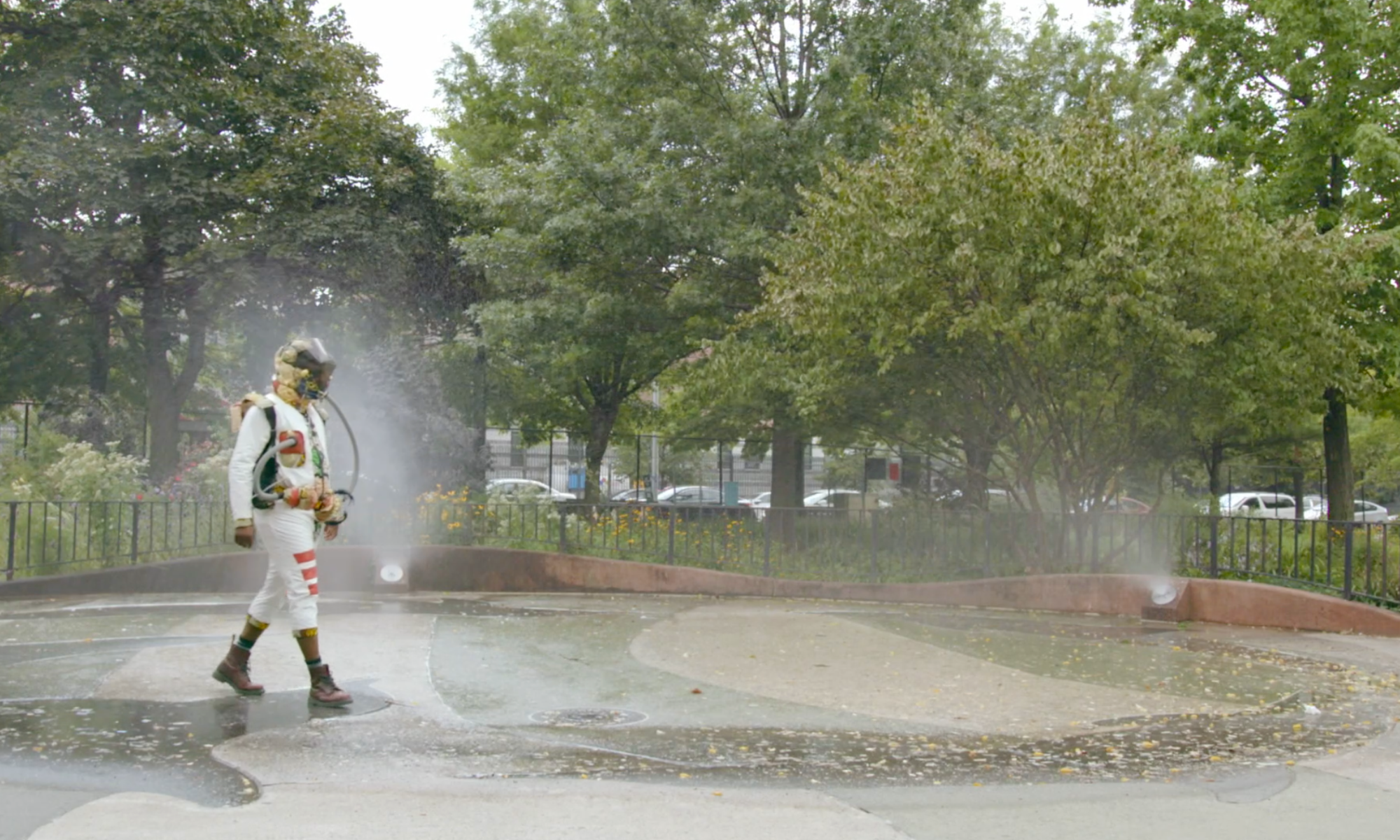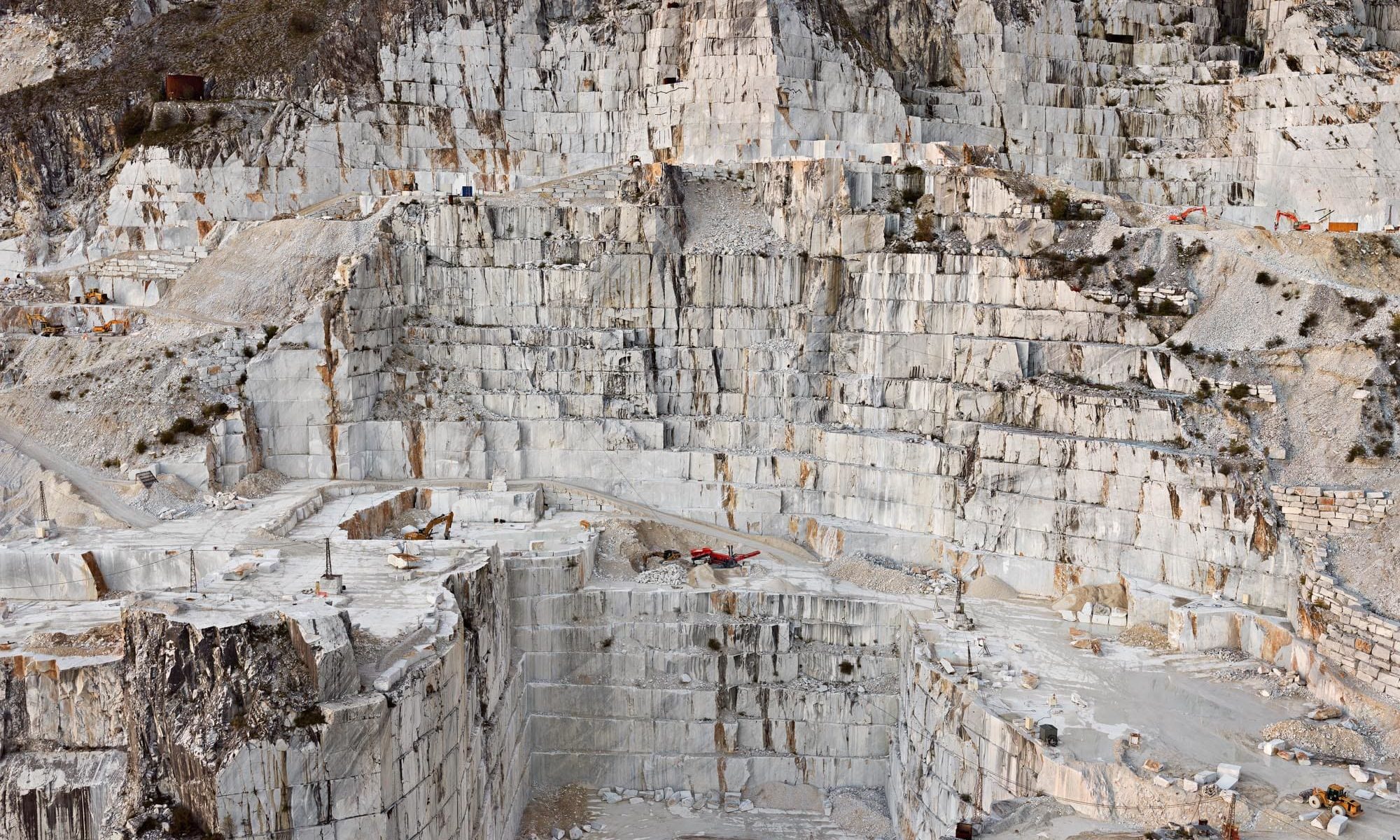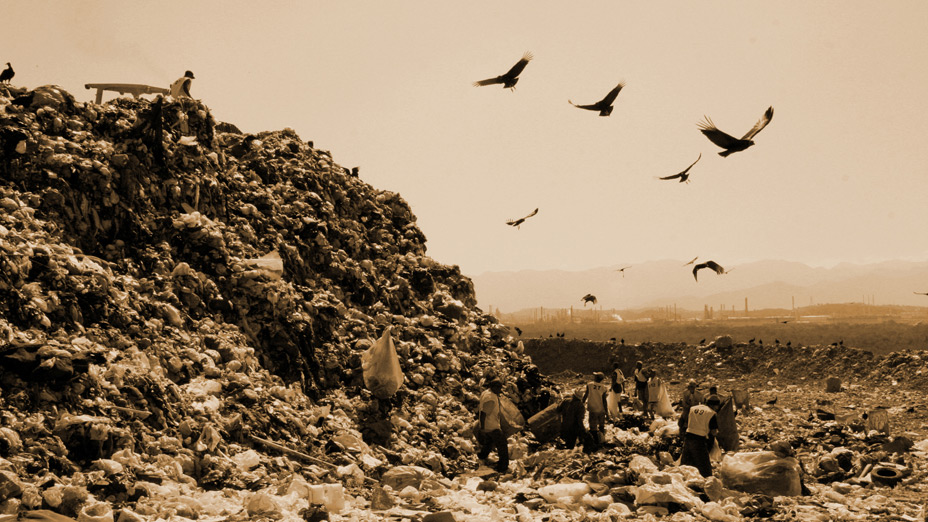In March 2019, documentary filmmakers Bill Kelly and Chris Flannery set out to capture footage in Nebraska to commemorate the 150th anniversary of the Transcontinental Railroad. Unfortunately, Mother Nature had other plans for them: Their filming schedule in Boyd and Knox counties coincided with one of the most severe flooding incidents in recorded history, and by many accounts the worst disaster ever to hit the state. And the Floods Came: Nebraska 2019 is a stunning example of the ability of a heads-up camera crew — and everyday citizens — to pivot and document history unfolding around them.
As the film makes clear, “the impact of severe weather for several days in March in Nebraska will last for years.” Using images captured by the professional team and hundreds of affected citizens, the film bears witness to the awesome and destructive power of rainwater, when it gathers and floods beyond the capacity of our rivers and engineered infrastructure systems.
As was made clear a decade ago when Hurricane Katrina hit New Orleans (and documented in a number of excellent films; check out When the Levees Broke and Trouble the Waters), once again, the story of flooding interweaves both natural and man-made disasters, as dams and other flood-control mechanisms proved inadequate to the sheer volume of water produced by this “bomb cyclone.” Bridges collapsed, and entire towns were left cut off and stranded from aid. All told, the damage was estimated to be over $1.3 billion statewide.
But along with documenting the disaster, fear, and loss — of lives, homes, and communities — the film also highlights the region’s spirit of resilience as the state grieves and rebuilds — and begins to prepare for the next disaster.
From the May 2020 issue of Planning Magazine.





